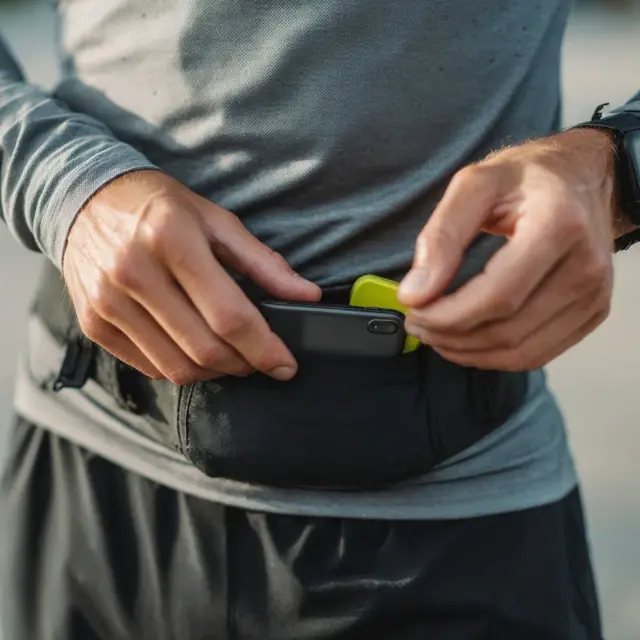How to Choose a Running Belt That Supports Your Stride
A good running belt does more than hold your essentials—it should complement your natural stride. The wrong belt can throw off your rhythm, cause bounce, or restrict movement. The right one, however, supports your running form, helping you stay efficient and comfortable across short jogs or long-distance sessions. Here’s how to choose a running belt that works in harmony with your stride.
Why Stride Support Matters
Your stride is the foundation of your running performance. A belt that interferes with it can increase fatigue, cause posture issues, or even lead to injury. Stride-supportive belts reduce unnecessary movement, keep essentials balanced, and allow you to focus fully on running.
Step 1: Consider Belt Placement
The way a belt sits on your body affects stride mechanics:
- Waist placement: Works well for shorter runs, keeping items close to the core.
- Hip placement: Often better for longer distances, as it minimizes impact on breathing and stride rotation.
- Low-slung belts: Provide stability but should be tested to avoid slippage.
Step 2: Focus on Weight Distribution
Unbalanced weight disrupts rhythm. Look for belts with:
- Evenly spaced pockets to prevent one-sided load.
- Expandable designs that compress items snugly.
- Wide waistbands that spread weight across the body.
Step 3: Choose Materials That Move With You
Materials impact how smoothly the belt integrates with your stride. Prioritize:
- Elastic blends: Stretch slightly to move with your body.
- Moisture-wicking fabrics: Prevent discomfort from sweat buildup.
- Seamless designs: Reduce friction and chafing during repetitive motion.
Step 4: Minimize Bounce and Shift
A bounce-free design is essential for stride support. Features to consider include:
- Compression pockets that hold items flat against the body.
- Non-slip lining or silicone grip strips.
- Adjustable straps for fine-tuned stability.
Step 5: Test for Comfort During Movement
Don’t just try on a belt standing still—test it in motion:
- Jog in place or run a short distance.
- Check if it restricts hip rotation or torso movement.
- Confirm that it feels like part of your gear, not an added burden.
Additional Tips for Stride-Friendly Belts
- Pick slimmer belts for speed sessions and minimalist needs.
- Opt for slightly wider belts for endurance training and extra load stability.
- Avoid overloading—the lighter the belt, the less impact on stride efficiency.
Conclusion
A running belt that supports your stride enhances comfort, efficiency, and focus. By paying attention to placement, weight distribution, materials, and bounce control, you’ll find a belt that works with your body—not against it.
For more helpful guides, explore our stride improvement tips and gear recommendations for runners.




